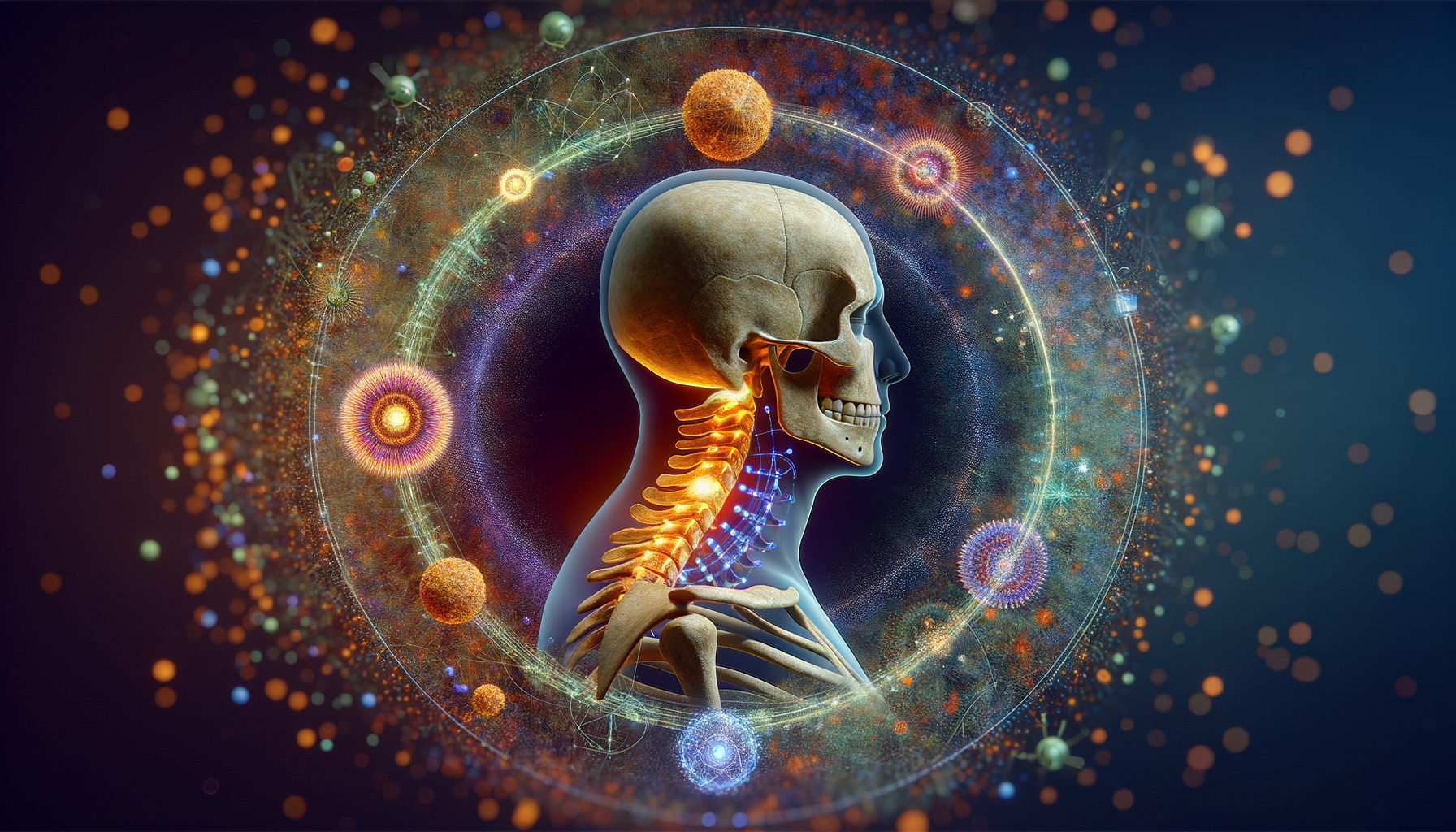
Support Neck Comfort with This Easy Method
Understanding the Causes of Neck Pain
Neck pain is a prevalent issue that affects millions of people worldwide, often stemming from a variety of causes. Understanding these causes is the first step towards effective treatment. Common factors contributing to neck pain include poor posture, stress, and overuse. For instance, the modern lifestyle often involves prolonged periods of sitting, particularly in front of computers or mobile devices. This can lead to a condition known as “tech neck,” where the forward head posture strains the neck muscles.
Another significant cause of neck pain is stress, which can manifest physically as muscle tension. When we’re stressed, our body tends to tighten up, often leading to discomfort in areas like the neck and shoulders. Additionally, repetitive motion or overuse, such as carrying heavy bags on one shoulder or sleeping in awkward positions, can exacerbate neck pain.
In some cases, neck pain may be due to more serious conditions such as herniated discs, arthritis, or injuries from accidents. These conditions require medical attention and possibly more intensive treatments. However, for the majority dealing with mild to moderate neck pain, understanding and addressing these common causes can significantly alleviate discomfort and prevent future issues.
Effective At-Home Treatments for Neck Pain
Once the causes of neck pain are identified, implementing at-home treatments can be a practical and effective approach. One of the simplest methods is to apply heat or cold packs to the affected area. Heat can help relax tight muscles and improve blood flow, while cold packs can reduce inflammation and numb sharp pain.
Stretching exercises are another beneficial treatment. Gentle neck stretches can increase flexibility and reduce tension. For example, slowly tilting the head from side to side or forward and backward can help ease stiffness. It’s important to perform these stretches carefully to avoid further strain.
Maintaining good posture is crucial in preventing and alleviating neck pain. Ensuring that your workspace is ergonomically set up can make a significant difference. Keep your computer screen at eye level and use a chair that supports your back. When using a mobile device, try to hold it at eye level to avoid bending your neck.
Incorporating relaxation techniques such as deep breathing exercises or meditation can also be beneficial. These methods help reduce stress, which is often a contributing factor to neck pain. By regularly practicing these at-home treatments, individuals can manage their neck pain effectively and enhance their overall well-being.
When to Seek Professional Help
While many cases of neck pain can be managed with at-home treatments, there are situations where professional help is necessary. If neck pain persists for several weeks despite self-care efforts, it may be time to consult a healthcare professional. Persistent pain can indicate underlying issues that require medical intervention.
Additionally, if neck pain is accompanied by other symptoms such as numbness, tingling, or weakness in the arms or hands, it is crucial to seek medical advice. These symptoms could suggest nerve compression or more severe conditions like a herniated disc.
In cases of acute neck pain resulting from injuries such as whiplash from a car accident or a fall, immediate medical evaluation is recommended. Such injuries could lead to more serious complications if not addressed promptly.
Healthcare professionals, including physical therapists, chiropractors, and doctors, can provide a comprehensive evaluation and recommend appropriate treatments. These might include physical therapy, medication, or even surgery in severe cases. By understanding when to seek professional help, individuals can ensure they receive the necessary care to prevent long-term complications and promote recovery.


